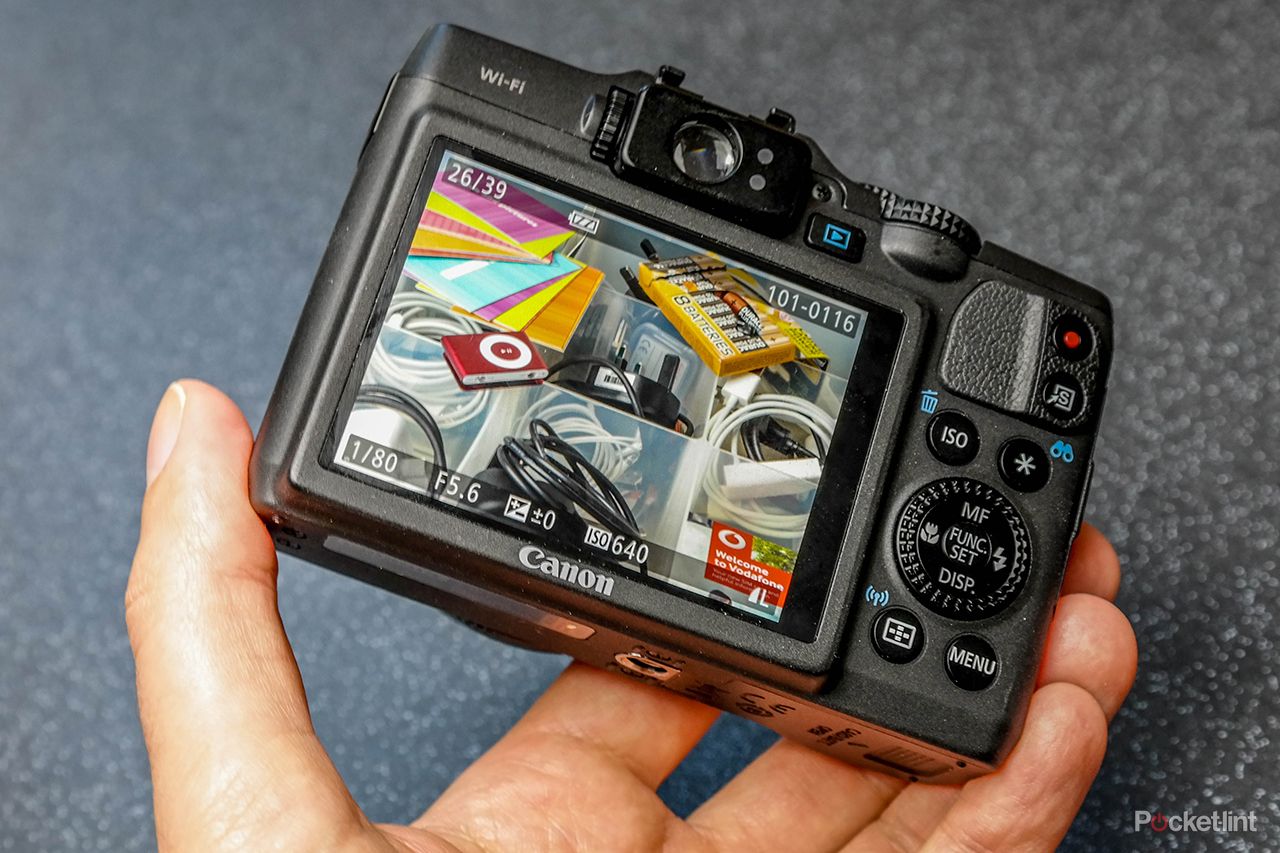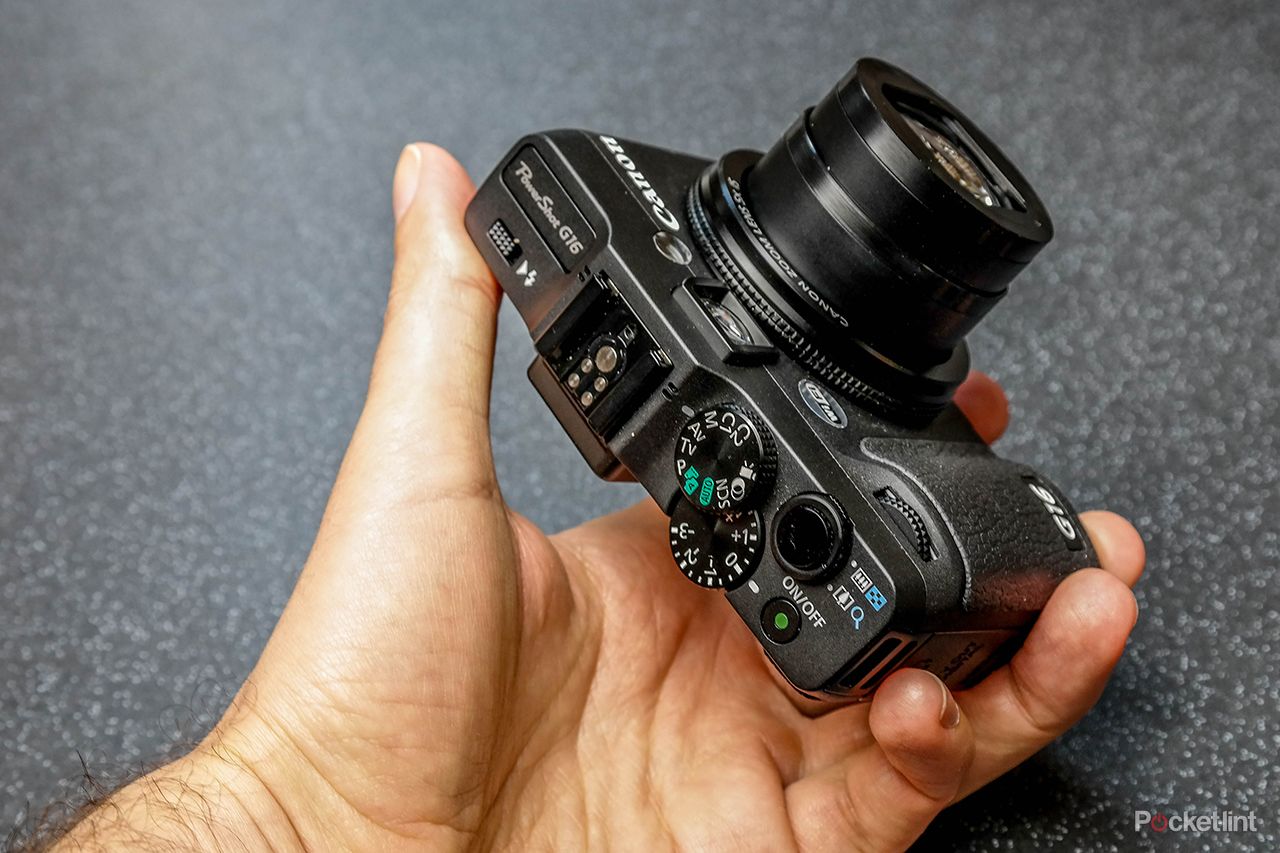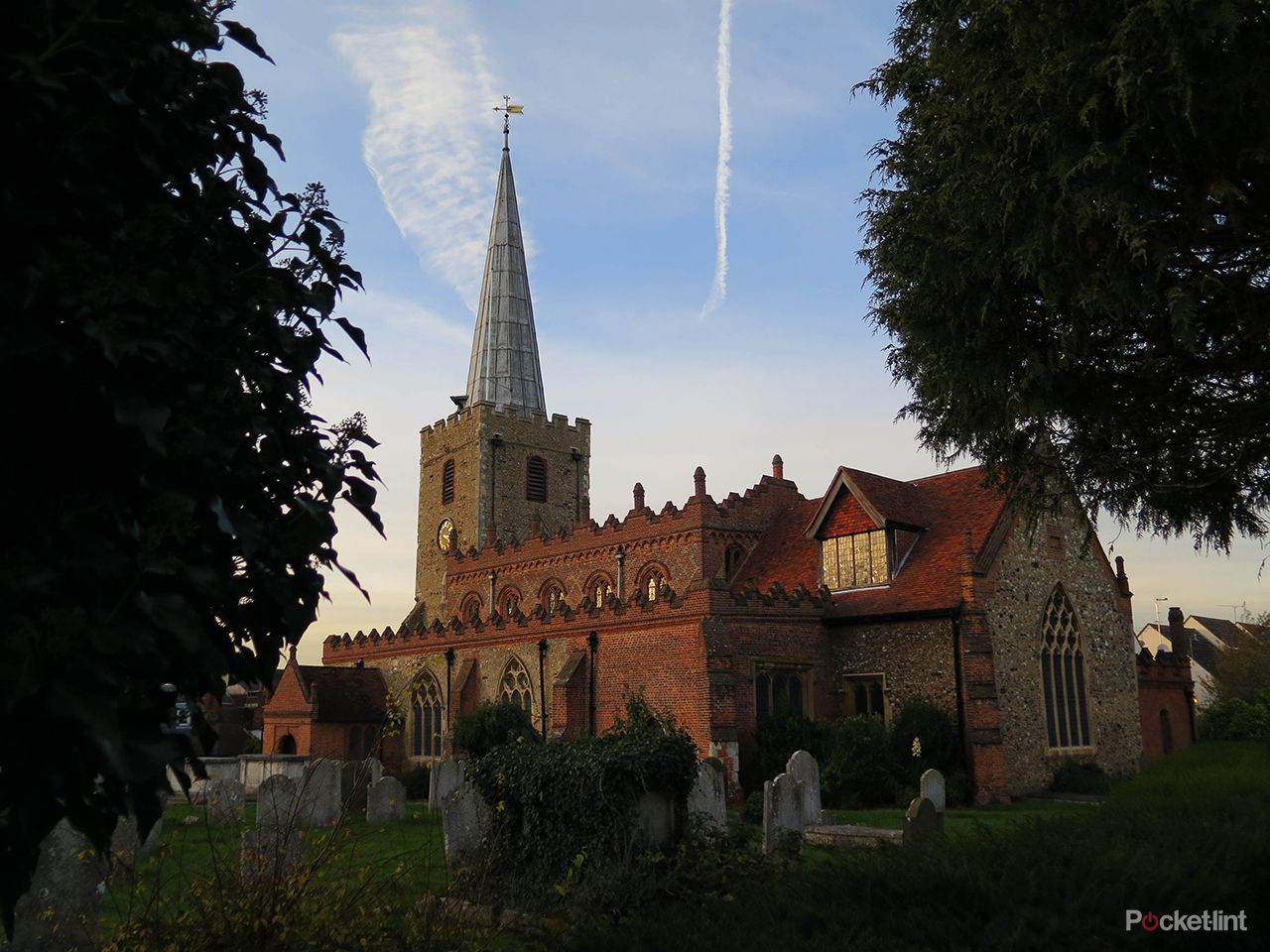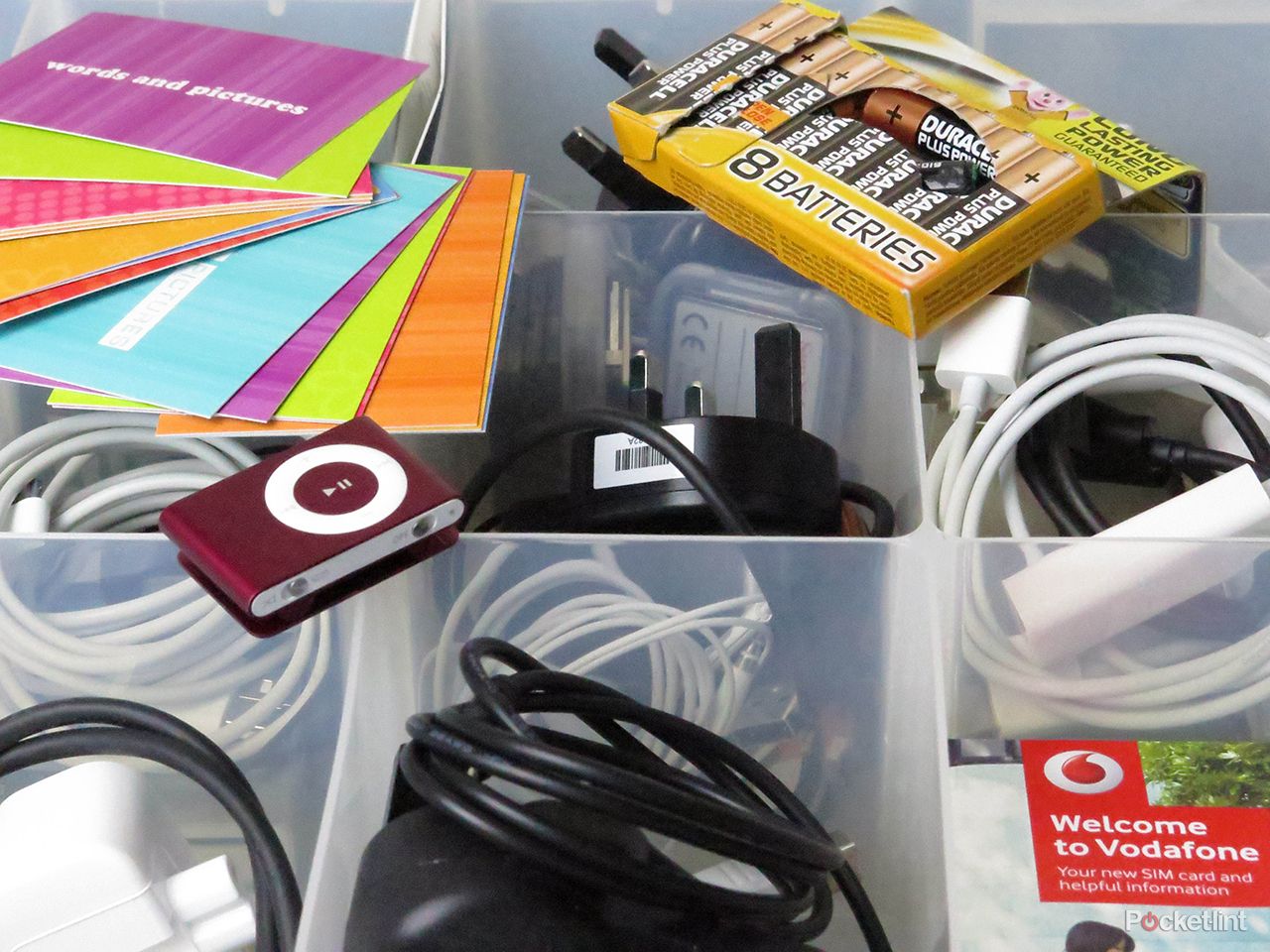There’s much to be said for sticking with something that works, but do it for too long and the item in question starts to look old. Take the Canon PowerShot G-series, here in its latest G16 form, as an example. The product line’s visual evolution has been achingly slow since the advent of the G7 way back in 2007, and the value of some of the changes Canon has made in the interim are up for debate.
Our quick take
The G16 may be starting to look a little dated, particularly when you compare it to something like Sony’s sleek RX100, but that doesn't stop the Canon remaining a top-notch snapper all round. When something's right, it's just right - and the G16 largely represents that. It won't suit all photographers on account of its bulky size, but for those that it will, it'll be spot on.
The camera delivers image quality that's consistently good, certainly among the best in class. Shoot raw, shoot JPEG, share with Wi-Fi - it's all pro. And when it comes to build and functions you’d be hard-pressed to find any fault. We'd like a vari-angle screen to make a return - even if it'd add to the physical size - for more creativity, but the G15 was a success without this so we can see why Canon's maintained the trend in the G16.
Ultimately then, unless the somewhat hefty price is an issue, buying a G16 isn’t a decision over which you need agonise for too long. Because it's a brilliant camera that's professional at every turn and you can fit it in a (rather large) pocket.

Canon PowerShot G16 - 5.0 / 5
| FOR | AGAINST |
|---|---|
|
|
Does the G16 get everything right; is it the ultimate balance of features to size that a high-end user will be looking for - or does it rest on its predecessor’s laurels and fail to push the series forward far enough?
Lacks vari-ety
On the rear of the G16 is a 3-inch screen. Unlike earlier models such as the G12 - which had a smaller, vari-angle screen so you could twist it into whichever position was most convenient for framing the shot you wanted - it’s fixed in position on the G16.

Considering how much of a difference a vari-angle display makes to your creativity, allowing you to take far more innovative and unusual shots from low down or over your head - without all the associated guesswork - we think think is a considerable shortcoming in such an otherwise accomplished camera.
Nonetheless, the 922k-dot display is sharp and bright in all conditions - we had no trouble using it in direct sunlight, which is a boon.
It’s supplemented by an optical viewfinder, too, if you prefer to do things the old fashioned way, although this is more than a little on the poky side. Not only is it small, the coverage is poor too. Canon omits this from the specification of the camera, because it doesn’t want to sell the fact that the 77 per cent field-of-view means you can’t see almost a quarter of the frame that you’ll capture when using it.
Canon could have overcome the lack of a vari-angle screen by enabling wireless shooting using a smartphone app. The G16 has built-in Wi-Fi - which is its biggest update when compared to the G15 model - but this is only used for image sharing, retrieving existing shots using an iOS or Android device, and automatic uploads to a computer over the Canon Image Gateway service. No remote shooting feels like a bit of a missed opportunity.
Evolutionary perfection
As Canon has evolved the G-series at a slow pace, it’s managed to tweak each subsequent release into a well-oiled shooting machine. The G16 clearly shows that Canon’s design is absolutely spot on.
Every button and switch is perfectly positioned, and as soon as you pick it up you’ll find that they’re spaced precisely to fall beneath your fingers. It has a pair of thumbwheels - one front, one back - for dialling in parameters, which makes getting to grips with manual mode a breeze, and there are two selector dials up top, too.
Exposure compensation is set out on the more accessible of the two so that you can tweak it by three stops in either direction without stepping into a menu. This makes a huge difference when you’re shooting in tricky conditions, and helps you get the shot you’re after more quickly. We consider easy access to +/-EV a must-have on an enthusiast camera, and Canon’s got it exactly right here.
There’s also a built-in neutral density (ND) filter that you can enable through the on-screen menus, while those pro credentials are further reinforced by the option to shoot raw alongside, or instead of JPEG files.
Creative control
The G16, like its immediate predecessor the G15, sports a maximum aperture of f/1.8 at the widest 28mm equivalent focal length. This means you can achieve incredibly shallow depths of field with ease for those lovely blurred background effects - see how we’ve thrown the outer edge of a dandelion seed head out of focus while keeping the centre pin sharp.
Canon PowerShot G16 review - sample image at ISO 100 - click for 100 per cent JPEG crop
The surrounding blur is creamy and even, which really heightens the point of focus and draws the eye. There’s a very slight fall-off in the level of overall clarity when you compare the corners to the centre, but you’re going to have to look very closely to find it, and there was only slight evidence of colour fringing - chromatic aberration shown as purple fringes - in areas of stark contrast, such as silhouetted leaves against a bright sky.
Even at the full 5x zoom 140mm equivalent the G16 achieves a maximum aperture of f/2.8, which moves beyond respectable and into the realms of impressive. That’s what this company is all about.
Picture perfect
Behind all this glass you’ll find a 12.1-megapixel sensor, which might sound a little unambitious, but that’s still more than enough for printing as an A3 canvas and leaves you plenty of spare capacity for cropping for online use.
Canon PowerShot G16 review - sample image at ISO 80 - click for full size JPEG crop
Besides, it’s long been understood that sensors sporting fewer "pixels" - photosites, in reality, which translate into on-screen pixels - often deliver cleaner results, and that’s certainly true here.
Sensitivity runs the gamut from ISO 80 to ISO 12,800, and even at ISO 1000 there’s only light grain in the frame, while at ISO 500 it’s putting out shots that would rival ISO 100 on a less accomplished camera. Looks like the G16’s new sensor hits the image quality nail on the head then.
Low-light performance was a real highlight of the G16. You need to zoom in to 100 per cent before you can see any degradation at sensitivities up to ISO 6400, as when zoomed out to full frame, even when maximised on a 27in display, it was very difficult to spot any differences when clicking right through the scale from an ISO 80 starting point. We’d have no hesitation in hiking this particular setting in preference to using the flash or dragging out the exposure time when shooting in gloomy conditions.
Canon PowerShot G16 review - sample image at ISO 6400 - click for full size JPEG crop
Nonetheless, the flash, small though it is, has an excellent throw, and the longest shutter speed runs to a full 15 seconds in shutter priority mode. You can push it further - up to 250 seconds - if you switch to a scene mode, but even 15 seconds should be enough to catch streaking headlights and illuminated buildings at night. At the opposite end of the scale, the 1/4000th sec minimum exposure time is enough to freeze fast-moving sports subjects.
Video
All in all a very impressive performance when shooting stills, and the G16 is no less effective when it comes to movies, either, where at best quality it can capture 1080p at 60fps. The camera has no problems with fast moving subjects and handles transitions from light to dark and back again without breaking a sweat, smoothing out the fade without stepping.
The soundtrack is extremely cleanly recorded and full of detail, and the wind cut option, which you can set to auto or off, is very effective. The only dampener is the zoom motion, which despite Canon slowing it down to minimise the effect can still be heard very clearly on the audio stream, along with a small click when you let go of the rocker.
As with so many cameras, therefore, our recommendation would be to set your zoom position at the start of your session and leave it in place if possible. In other words, zoom by using your legs.




